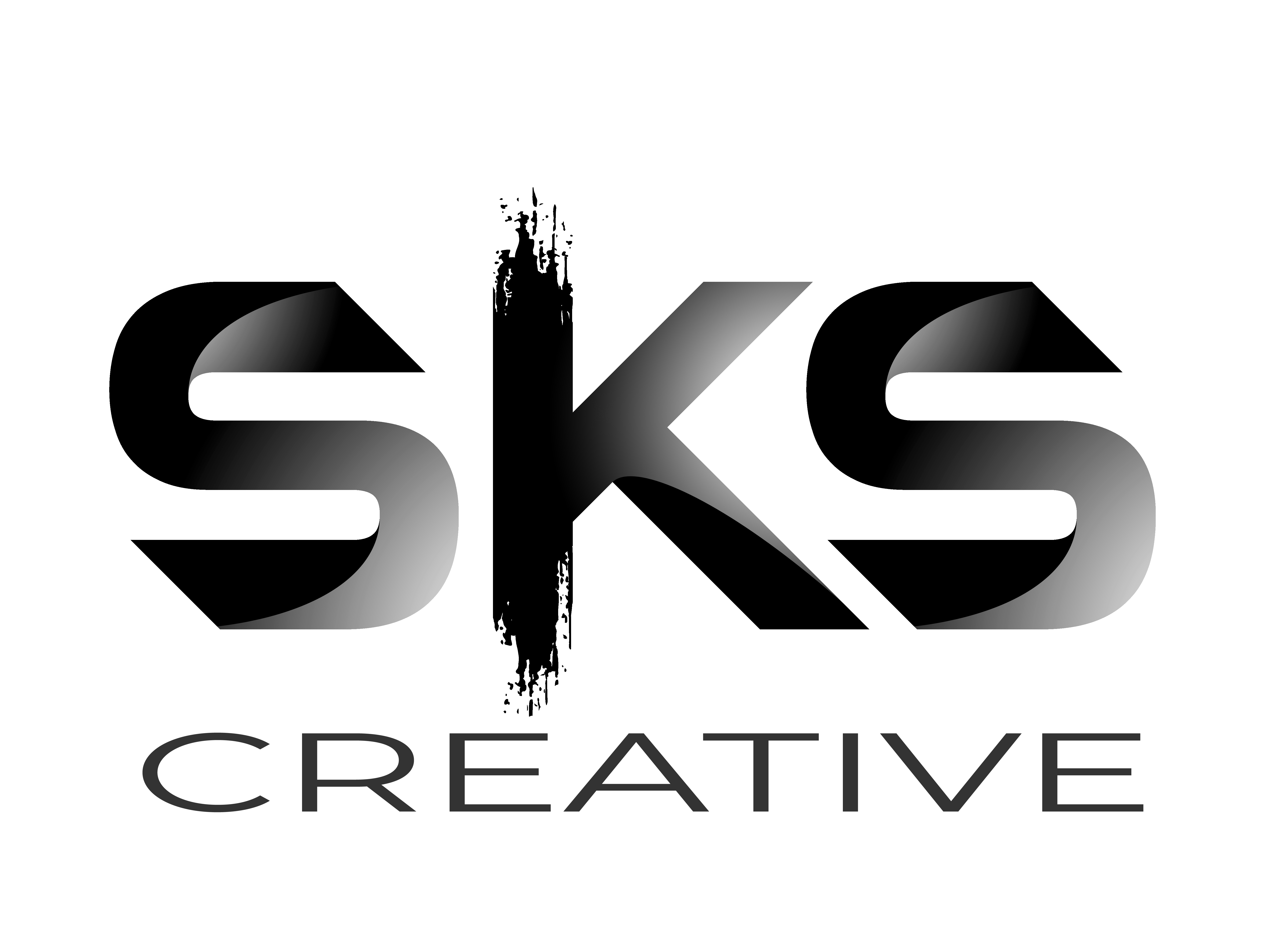World of Editor X
CREATED BY
7:22
Understanding Heights in Editor X
Understanding Heights in Editor X
Editor X is a powerful design platform that enables users to create professional-looking websites with its intuitive interface and unique features. One crucial aspect of designing any website is understanding the various height properties and how they affect the overall layout of your site.
In this blog post, we're going to dive into the three height properties you'll find in Editor X and how they can make your design process more comfortable and more efficient. The platform offers several height properties, including height, min-height, and max-height – understanding how these properties work will enable you to create more responsive designs in Editor X. As always, if you enjoy the content, don't forget to give a thumbs up and hit that subscribe button.
> Join our community at Editor X TV to participate in our Monthly NoCode Design Challenges, where you can win exciting prizes and get professional guidance on building a successful design business.
Exploring the Height Properties in Editor X
In the Editor X inspector panel, you'll find the height properties as follows:
- Height
- Min-height
- Max-height
Let's dig deeper into each of these properties and how to use them in your designs.
Height
The height property is the most straightforward of the three. Its default setting is always set to "auto," which means the height of an element will automatically adjust depending on the content inside. You can set a specific value (fixed or fluid) to the height property, and this will determine the element's height regardless of other conditions, such as the viewport width or the height of the section it's located in.
For example, if you have a container with a height property set at 300px, the container will always maintain this height, no matter the width of the viewport or the height of surrounding elements.
However, setting a specific height can sometimes lead to undesired issues. For instance, if you have a hidden paragraph inside a container that's set to show at a particular breakpoint, you might encounter spacing problems when the paragraph becomes visible.
Min-height
The min-height property is a useful tool when designing responsive websites because it enables you to set the minimum height for an element without affecting its maximum height. In other words, your element can still grow in height if needed but will never go below the specified min-height value.
For instance, if you have a container with a min-height of 200px and the content inside requires more space, the container will grow to accommodate the content. If the content requires less than 200px, the container will maintain a height of 200px, ensuring that your design remains consistent across different screen sizes and devices.
Max-height
The max-height property works similarly to the min-height property but instead sets a limit to how tall an element can grow. This property is especially helpful for designs that involve scrolling or dynamic contents, like blog posts or large amounts of text.
For example, you can set a max-height value of 600px for a container holding a long article. If the content exceeds 600px, a scroll bar will appear, allowing the user to scroll and read the full article without disrupting the rest of the website's design.
Tips for Using Height Properties in Editor X
Using height properties in Editor X is crucial for creating responsive and visually appealing designs. Here are some tips to make the most out of these properties in your websites:
1. Use the height property sparingly: The default "auto" setting for the height property is often the best choice, as it lets the content within an element determine the container's size. Only set a specific value for the height property if you're certain it won't negatively affect the design at different viewport sizes or breakpoints.
2. Leverage the power of fluid values: Make good use of percentage-based values (e.g., 35%) when setting height properties for more flexibility and responsiveness, as they adapt more seamlessly to varying screen sizes.
3. Experiment with min-height and max-height properties: Combining these two properties can lead to dynamic designs and help maintain your layout's consistency, particularly when dealing with scrollable or expandable content.
Remember, understanding how to use the different height properties in Editor X is essential to create professional and responsive websites. When done correctly, these properties enhance the user experience, making your website adaptable and visually appealing on various devices.
> If you're looking for more guidance on building a successful design business and advancing your career, be sure to head over to Live Learning Editor X and join our community of like-minded designers. Participate in our NoCode Design Challenges to develop your design skills and win fantastic prizes!
By experimenting with the Height, Min-height, and Max-height properties, you'll be able to create stunning and responsive designs with Editor X. We hope this guide has provided you with valuable insights into expanding your design skills, and we look forward to witnessing your creations in the Editor X platform. Happy designing!


Join over 5,000+ people learning, helping each other to scale their freelance/design business, taking no-code challenges, collaborating, talking about their projects, and more!
Join Designers & Creatives From All Over The World!

More Like This #Tag
Brad Hussey | Freelancing As A Web Designer & Creating Online Courses That Sell (Passive Income)
Editor X TV | With Brandon Groce
1:12:35














